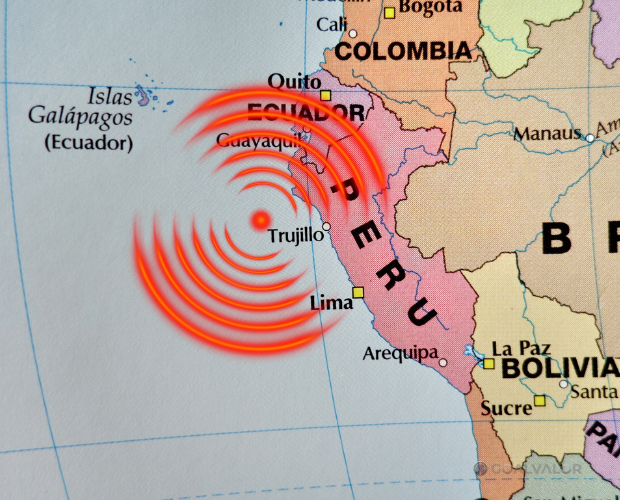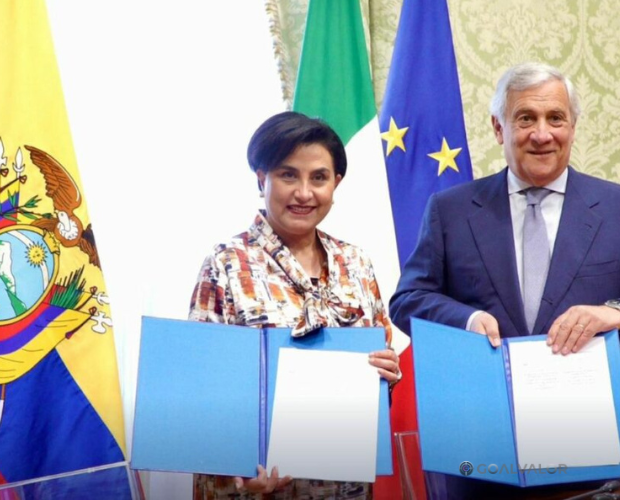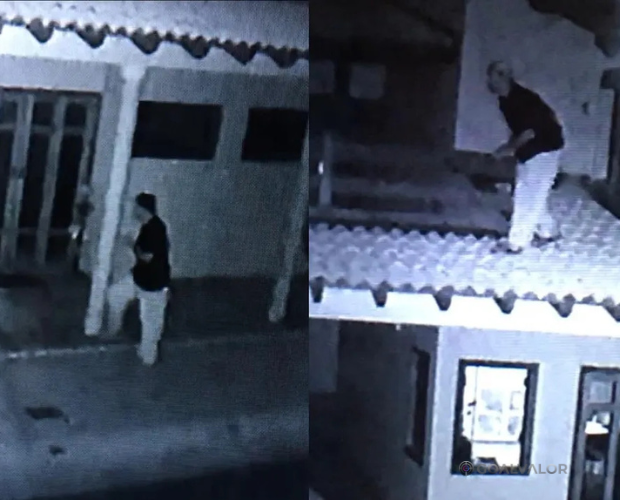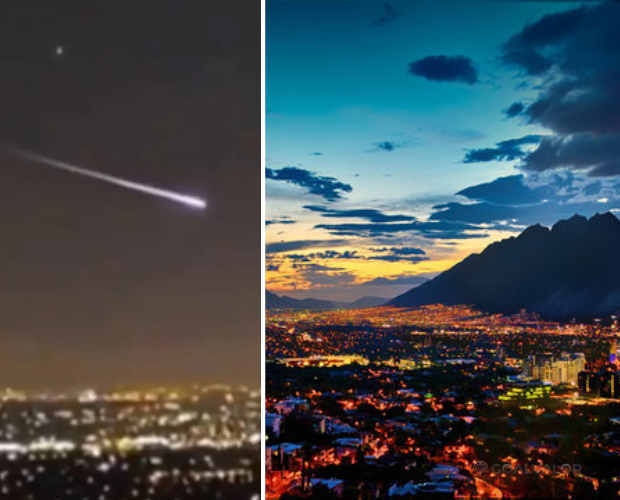A strong earthquake with a magnitude of 5.0 shook the Áncash region at dawn on Thursday, May 22, 2025, alarming residents across several northern cities in Peru. According to the official report from the Geophysical Institute of Peru (IGP), the epicenter was located 81 kilometers west of Chimbote, in the province of Santa, at a depth of 33 kilometers. This was classified as an intraplate event, meaning it was caused by internal deformation within the South American tectonic plate—a common occurrence in the region’s geological dynamics.
The tremor was felt with considerable intensity in Chimbote, Nuevo Chimbote, Virú, Chao, and Trujillo, with levels ranging from III to IV on the Modified Mercalli Intensity scale. In other locations such as Casma and Ascope, the shaking was rated at level III, while in Huaraz it was weaker, registering level II. Despite the quake’s strength, no material damage or casualties have been reported so far, according to local authorities and Civil Defense.
The earthquake struck at 6:13 AM, when most people were still at home, a factor that helped minimize the risk of accidents. However, fear was widespread. Citizens across the affected areas shared their experiences on social media, reporting that the jolt was strong enough to rattle furniture, wake up entire families, and make windows vibrate. In Trujillo, residents of the districts of Florencia de Mora and La Esperanza described the sensation as "the sudden passing of a heavy truck at high speed." Some users said the shaking lasted about 4 seconds, while others claimed it felt more prolonged—up to 22 seconds—depending on the area.
Authorities, in coordination with the National Institute of Civil Defense (INDECI), urged the population to remain calm and follow established safety protocols for seismic events. They also emphasized the importance of having a prepared emergency backpack, a vital resource for surviving the first 72 hours after a disaster, when external assistance might be delayed.
The emergency backpack should contain water, non-perishable food, a flashlight, radio, batteries, medicine, warm clothing, cash, important documents, and face masks. INDECI also recommends keeping a reserve box with additional supplies to cover days two through four of the emergency. This box should be stored in a dry, secure location and easily accessible in case of evacuation.
Peru is part of the so-called Pacific Ring of Fire, one of the most seismically active regions in the world. This geologic belt, where about 85% of all global seismic activity occurs, stretches along the entire Pacific coast, from Southeast Asia to South America. In Peru's case, the constant subduction of the Nazca Plate beneath the South American Plate results in tension and energy buildup, which is released through earthquakes like the one that occurred today.
So far in 2025, over 200 medium-intensity earthquakes have been recorded throughout the country, underlining the urgent need to strengthen a national culture of prevention. The Áncash quake adds to a series of tremors affecting the northern coast, drawing renewed attention from geologists and experts who continue to push for the reinforcement of older buildings, continuous public education, and improvement of early warning systems.
Calm has slowly returned to the streets, but with the lingering tension that comes from living in a country accustomed to the Earth’s frequent tremors. Earthquakes do not give warnings—but they teach. And the one that struck this morning, though without major consequences, reminds us once again that living in Peru means always being prepared. Nature does not tolerate improvisation.









